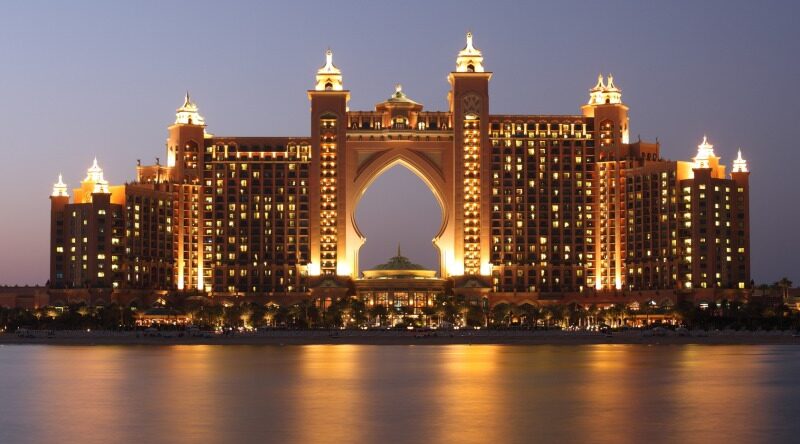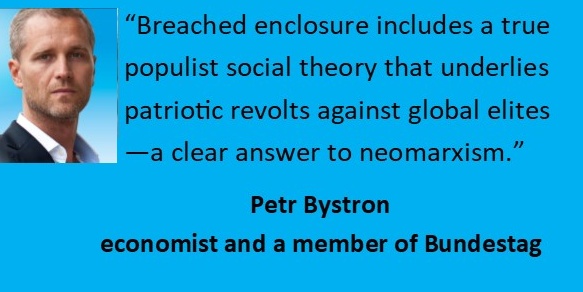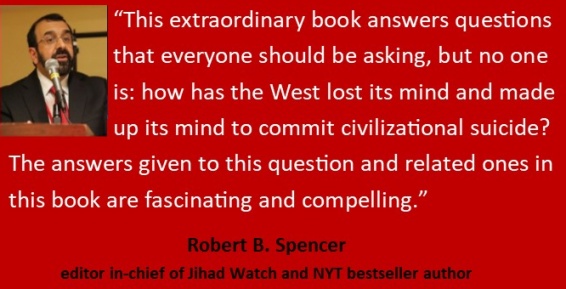The question of elites is one of the most important political issues of our time. Perhaps the most important question of all. Whereas in the 19th century the main line of social conflict was between businessmen and their employees (bourgeoisie versus working class), today it is between the elite and the various lower classes.

Yet we know surprisingly little about the elites. We have plenty of statistical data on how much wealth is concentrated. How much is owned by the richest one percent or the richest three percent. But we don’t have a very realistic picture of these people. That’s a very different situation than if a particular factory had owners. The workers would see him drive by in a limousine from time to time, they might come across a picture of him in a fancy suit, they’d get some information about a ball of royalty, sometimes he’d even talk to people. Or they were dealt with by directors who were directly subordinate to the factory owner.
Try asking the average working man today how the most powerful dress or what hairstyles they have. Try asking if they use vulgar language. We know almost nothing about them! In fact, we can’t even imagine them properly.
Where there is such uncertainty, the space is quickly filled with rumours and fantasies. This is humanly understandable.
Where there is such uncertainty, the space is quickly filled with rumours and fantasies. This is humanly understandable. The fantasy is working at full speed, and thousands of independent sites are spreading the fantasy. This prevents the creation of popular populist resistance and paradoxically reinforces the strength of existing power structures.
Global Ivory Tower
However, we are not completely blind. Classical sociology has many insights. Not only about the current state of superelite, but also about how it has evolved over time into its current form. After all, Charles W. Mills published his brilliant analysis of The power elite back in 1956, and other works have followed that chart the situation up to the present day. In addition, the powerful have given a number of newspaper interviews, many have published memoirs, and we know something of their private correspondence – whether through wikileaks or even emails published as part of the antitrust trial against Microsoft. Their student years also provide an interesting source of information. We know what university each of them went to. We have some testimony from classmates about each of them. And there were some sociological surveys at each of those universities.
First. The power elite is large in number. If we are talking about the richest half a percent, that means more than five million people in Europe and the US. That’s a group big enough to have its own culture, its own taste in music, its own way of dressing, its own diet, its own lifestyle. This is a huge difference from the situation back in the 1980s, when the elites were national and local, and logically much smaller. Such a smaller elite, even if it cultivates its separateness, nevertheless adopts values and basic ideas about life from the subordinate classes. This has disappeared. Today’s New York corporate board members are no closer to Montana construction workers than they are to Somali herders.
The power elite is large in number. If we are talking about the richest half a percent, that means more than five million people in Europe and the US.
Second. The elite’s boundary is not sharp. Of course, someone born into a working-class family doesn’t climb into the upper class. However, the narrowest elite is surrounded by a layer of high managers who aspire to be members of the elite, and are sometimes successful. Whether through marriages, stock purchases or otherwise. The boundaries of the elite are blurred. How many times does one have to be invited to Davos, or how much does one have to have in the bank, to be counted among those at the top? There is no precise definition.
Third. Members of the narrowest elite are subject to the same psychological and sociological laws as other people.
Not even a despot has it easy
In addition, we must understand that power is diffuse. Always and in every regime. Every ruler depends on subordinates. Without them, he  is unable to carry out any of his purposes. He can replace one of them, but only if the others remain loyal to him. He cannot go against the interest of the whole group. Even the greatest despot depends on his personal guard. It is the ability to balance the interests of different groups, to motivate and corrupt, that is the key to maintaining power.
is unable to carry out any of his purposes. He can replace one of them, but only if the others remain loyal to him. He cannot go against the interest of the whole group. Even the greatest despot depends on his personal guard. It is the ability to balance the interests of different groups, to motivate and corrupt, that is the key to maintaining power.
What percentage of power is held by the despot and how much by his bodyguards? How much by the shareholder and how much by the top managers? This is subtle and hard to measure. However, one possibility exists. Tracking the flow of money. According to Thomas Piketty, 70% of corporate profits are accounted for by executive bonuses. The remaining 30% goes to the owners, which of course are often banks and investment funds, where most of the money is raked in by managers again. But that certainly doesn’t mean that this is an open society based on personal performance and hard work. The top managers usually come from the wealthiest families, have been to fancy schools, have received special training and use a network of contacts that is mostly inherited. The question of whether owners or managers decide is largely redundant. They are the same people.
In our world, big money, power and influence are linked to bureaucratic structures. There is no case of anyone making tens of billions of dollars on their own. There is always a huge company, bank, big newsroom, etc. behind it. And this giant is connected to other giants, whether by ownership structure, supplier-customer relationships, or otherwise. But it is always the case that there are millions of people working there, and that the management itself has tens of thousands of bureaucrats. What keeps them at the top is not the ability to build something, but the ability to play power games within the apparatus and maintain loyalty.
All-powerful hostages
This brings us to the question of how to reconcile the image of an anonymous bureaucracy with the image of an elite with unlimited power. In fact, they are two aspects of the same thing. Power is unlimited, but it is never held by one particular person. The bureaucratic apparatus has many levels. Indeed, corporate bureaucrats themselves often refer to their positions with terms like “B-2” or “B-4” (that is, the distance of  how many layers separate the position from the board). At every level of the bureaucratic apparatus, people cower before those above them. At the same time, they manipulate those below. And at the same time, they need to maintain reasonable relationships with those at the same level – if they conspire against them and stop supporting them, they will quit. Everyone is actually playing a huge game of chess. It’s just that the composition of the activity is changing. At the lower ranks, expertise and diligence play a role. Next to that, you have to play relational chess if you want to be promoted. The higher up, the less work and the more power games.
how many layers separate the position from the board). At every level of the bureaucratic apparatus, people cower before those above them. At the same time, they manipulate those below. And at the same time, they need to maintain reasonable relationships with those at the same level – if they conspire against them and stop supporting them, they will quit. Everyone is actually playing a huge game of chess. It’s just that the composition of the activity is changing. At the lower ranks, expertise and diligence play a role. Next to that, you have to play relational chess if you want to be promoted. The higher up, the less work and the more power games.
The distribution of power within such a system can again be observed according to the principle of “follow the money”. Power is where managerial bonuses are paid. If drivers were the real holders of power, it would not be managerial bonuses that would be paid, but driver bonuses. The most powerful ones are the board members, which is probably not surprising. Contrary to the claims of economic liberals, this is not a market-determined reward for contributing to the success of the corporation, but a payment of a rentier nature – the ability to stay on top is rewarded.
To complete the picture, we must include activist groups and the media. If you make them angry and result in negative press coverage, the community will disown you – as even global board members are discovering to their surprise.
…activist groups and the media. If you make them angry and result in negative press coverage, the community will disown you.
Where is the place for the deep state in such a model? In effect, it is a group of people who support each other and share a common goal. You’ll find deep-state exhibits at the board level and the highest offices, and several floors below. Such a structure is far more advantageous in terms of power than simply being among the most powerful. Among other things, because it is more stable – if a particular person falls out and is replaced by a subordinate, it can be an exponent of the same deep-state again. Those at the top feel supported by those at the bottom, those at the bottom in turn benefit from contacts with those above them.
In addition, we have to take into account that there are several competing deep-states promoting different interests, and that these groups may sometimes act in concert. For example, current anti-white racism seems to be supported by both the Jewish deep-state and the Muslim deep-state (although on other issues their interests are in opposite directions).
Complete version has been published on Counter-Currents.


